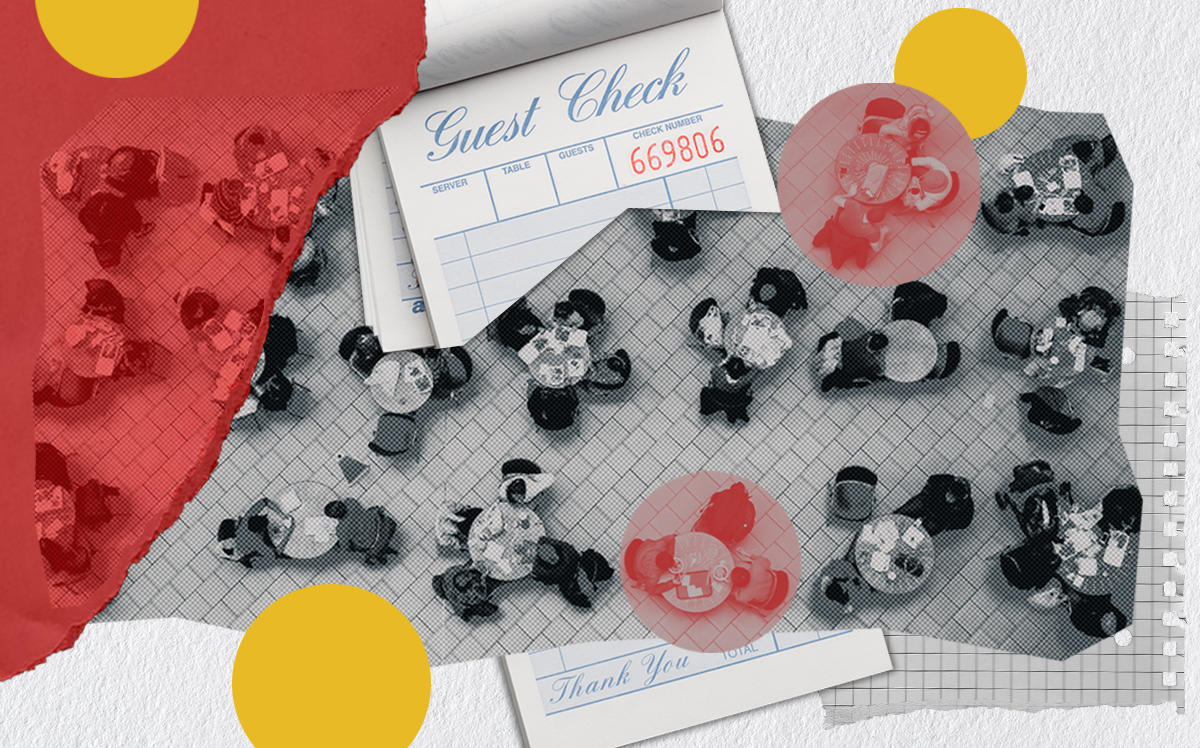 Rent struggles for NYC restaurants now worse than ever
Rent struggles for NYC restaurants now worse than ever
Trending
“25% is a starting point”: Indoor dining returns to NYC today
Restaurateurs fear regulations on indoor dining may hamper their survival

IGC Hospitality, which runs the Refinery Rooftop in Midtown and Bungalow Rockaway in Queens, had 14 restaurants open before the pandemic. Now it has four, two of which are on Long Island.
Even though a limited version of indoor dining will begin Wednesday in New York City, the restaurant group has no plans to reopen its remaining 10 establishments.
“Twenty-five percent isn’t sufficient enough to relaunch,” said managing partner Terence Tubridy. “We’re being choked to death because of overregulation.”
Since New York City began reopening in phases this summer, many restaurateurs have been anxiously awaiting the return of indoor dining. When it begins today, there will be strict regulations — notably that eateries will only be allowed to operate at 25 percent of indoor capacity.
Some say that may not be enough to survive as New York enters the winter. Even with outdoor dining, which has been extended indefinitely, a New York City Hospitality Alliance survey of more than 450 establishments found that 87 percent of establishments did not pay their full August rent.
“Any restaurant is really meant to function around [its] real estate,” said Robert Guarino, CEO of 5 Napkin Burger, which has four Manhattan locations. “The amount of seats and the amount of square footage you have needs to generate a certain amount of sales in order to cover your overhead.”
“25 percent is really a starting point,” he said.
Read more
 Rent struggles for NYC restaurants now worse than ever
Rent struggles for NYC restaurants now worse than ever
 Indoor dining can finally begin in NYC — with some big caveats
Indoor dining can finally begin in NYC — with some big caveats
 Commercial evictions, foreclosures halted through October
Commercial evictions, foreclosures halted through October
Even large eateries such as Wall Street Grill, a kosher restaurant that can seat nearly 300 people between its indoor and outdoor spaces, echo that sentiment. At 25 percent capacity, the restaurant will only be able to seat 36 people inside.
“Twenty-five percent indoor dining, coupled with still being able to seat people outside to some extent with heating, will help,” said Steven Taube, a partner in the restaurant. “Obviously, it’ll be better the more capacity they allow us.”
Still, it is possible they will get less before they get more: New York City’s rate of positive Covid-19 cases exceeded 3 percent of test results Monday after being about 1 percent for more than a month. If the rate remains high or increases, restaurants could lose indoor dining again.
Similarly, if the rate exceeds 3 percent for seven days, the city’s schools will go fully remote. On the plus side, if the transmission rate does not increase, indoor occupancy restrictions may be reassessed by Nov. 1 to allow for 50 percent capacity, matching the other 57 counties in the state.
The restart of indoor dining also comes with strict regulations — 16 pages’ worth of them. Restaurants must take contact information for every guest, check employee and guest temperatures, prohibit bar seating, display signage about Covid-19 regulations and shut down by the stroke of midnight. For the newly extended Open Restaurants program, guidelines regarding heaters have yet to be released.
“You see guidelines changing every day, by the minute,” said Mackenzie Muller, executive search consultant at The Elliot Group, an exclusive executive search firm. “Across the board, we’re hearing from multi-unit groups and independent operators that it’s incredibly challenging to keep up with changing mandates.”
Stella Hospitality, which has invested an estimated $10,000 into its restaurants to adjust for outdoor dining and social distancing, said closing again as a result of rising infections would be disastrous.
“Think about how badly that affects the bottom line,” said Tony D’Aiuto, that firm’s co-founder and managing partner. “People fail to realize we still have expenses while we’re closed, and then once you open, we’re backlogged with expenses. It’s really a game of catch-up.”
Some landlords may want to enter into percentage-rent agreements with their restaurant tenants to ensure some rent is being paid, according Patrick O’Sullivan, a partner in Herrick Feinstein’s real estate department.
“In the instance of outdoor and indoor, if it works, then the landlord can participate and get some of the rent that it was not expecting,” O’Sullivan said. “But if it doesn’t, then the tenant is not coming out of pocket for rent it doesn’t otherwise have.”
Even before the pandemic, restaurants were operating on thin margins while dealing with high rents, rising labor costs and fierce competition from third-party ordering apps. Andrew Moger, CEO of BCD Development, a restaurant-focused real estate brokerage and advisory firm, said that the new normal may have to include fixing those issues if restaurants are to survive.
“It wasn’t like there were a lot of happy people in the restaurant space,” Moger said.




